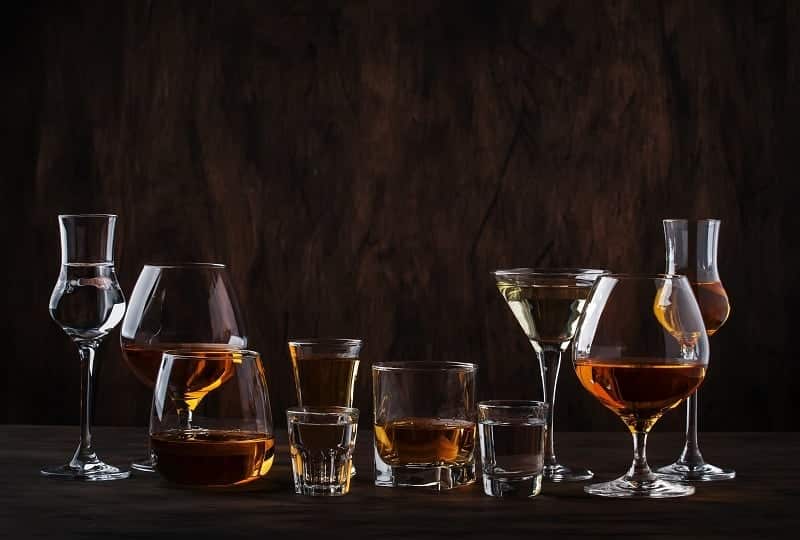

Semi-crystalline resins stay hard up to their melting point, and normally require twice as many BTU/g to melt than amorphous resins. In particular, understand that PP is a semi-crystalline resin, which melts differently than amorphous resins. There is a difference in how certain polymers melt. Will you be molding crystalline or amorphous materials?īut why the extra barrel capacity? Because you’re melting plastics and you need to understand how this happens. Seeking to use only 65% of the barrel, final calculation is (0.65 x = 8.14) or 12.5 oz barrel capacity in PS units. So the real target is 7.4 + 10%, or 8.14 oz shot size in PS equivalents for PP. Then I add in another 10% safety factor, for check-valve leakage and melt uniformity. My recommended working range for a barrel is between 25% and 65% of the barrel capacity. Is it practical to attempt to use 93% of the barrel capacity (7.4/8.0 oz)? No, that is not going to work. Sorry, here’s another step of complexity. He’ll remind you that these are room-temperature densities, and in molding (that is in the hot barrel) we deal in melt-temperature conditions. Murphy usually enters the equation to remind you that what can go wrong usually does. So comparing this new PS equivalent oz to the machine specification of 8.0 oz, you’re still okay, right? For your 164 g part, the conversion factor is not 28.3 g/oz but 28.3 times the ratio of densities: 164 g/28.3 g/oz × 1.04/0.90 or 6.72 oz equivalent to PS. So, for your 164 g shot size you need to correlate the PP grams to PS grams. You cannot compare your PP number to the machine specification because of the difference in densities between materials. At room temperature, the density of PS is 1.04 g/cm 3 and PP has a room-temperature density 0.90 g/cm 3. There is an important density difference between these resins. So the machine specification is 8 oz, or 266 g of PS(8×28.3 g/oz = 226 g).But you want to mold PP. Unfortunately, this is where things start to unravel.įirst, look at the machine specification, it usually is in grams or ounces (weight) of PS. Assuming you have a barrel capacity of 8 oz, you might be tempted to conclude that you have plenty of shot volume available.

If the part, runner (cold), and sprue together weigh 164 g of PP, that comes to 5.8 oz (164 g/28.3 g/oz). I like to work in grams but most machine specifications are in ounces. Let’s start with the scenario in which you know the part weight.
#How many ounces in a shot plus
With either part plus runner weight or the volume of the total shot, you have your starting point. If you already have the mold and you are purchasing a new machine, you have two sets of data: the part and runner weights, plus the shot size of the existing machine. If your mold is in the building stage, your moldmaker may have calculated the volume of your shot-and make sure to also include the runner volume if it’s a cold-runner mold. How do you figure out what barrel/screw size you’ll need? If it is a new part and the mold hasn’t been built yet, running a mold-filling analysis will give you the volume of the part and runner. Properly specified and with a skilled operator, barrels can be swapped in less than 30 min, even if the barrel is hot.

You may be surprised at the low price of a second barrel when ordered with the new machine. Two barrels will allow even a greater range of molds. It’s great if you find one screw that can accommodate all your parts but if not, consider ordering two barrels. Large shot sizes, using greater than 65% of the barrel capacity, tend to have melt-quality issues like unmelt, poor melt uniformity, and long screw-recovery times. Plus, big screws usually mean lower plastic pressure capability. Super-small shot sizes, using less than 20% of the barrel capacity, often lead to long residence times, which in turn lead to polymer degradation and poor process control. Some molders go with the biggest screw possible, but do not do this, as it will cost you more money long term. Most likely you’ll have a variety of part sizes, so it is unlikely you will find a one-screw-size-fits-all remedy. So, if you are buying a new machine or scheduling a mold to a machine, do your homework before the machine is ordered or the schedule is set.ĭo your homework on the barrel capacity you’ll need before the machine is ordered. Most molders don’t like to hear they need to buy a new barrel, because of the time and cost involved. Perhaps that has never happened to you, but I do get emails about this, and my answer is never well received.


 0 kommentar(er)
0 kommentar(er)
